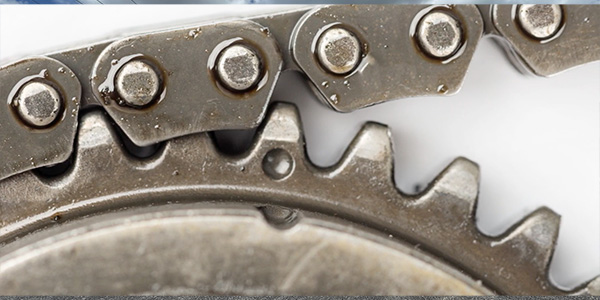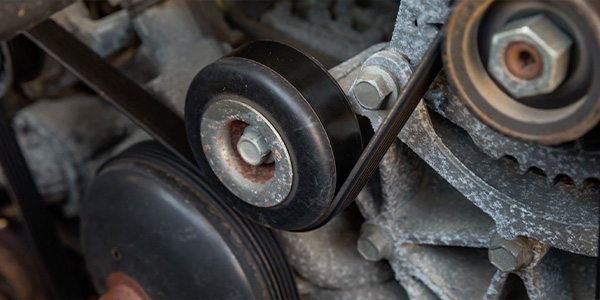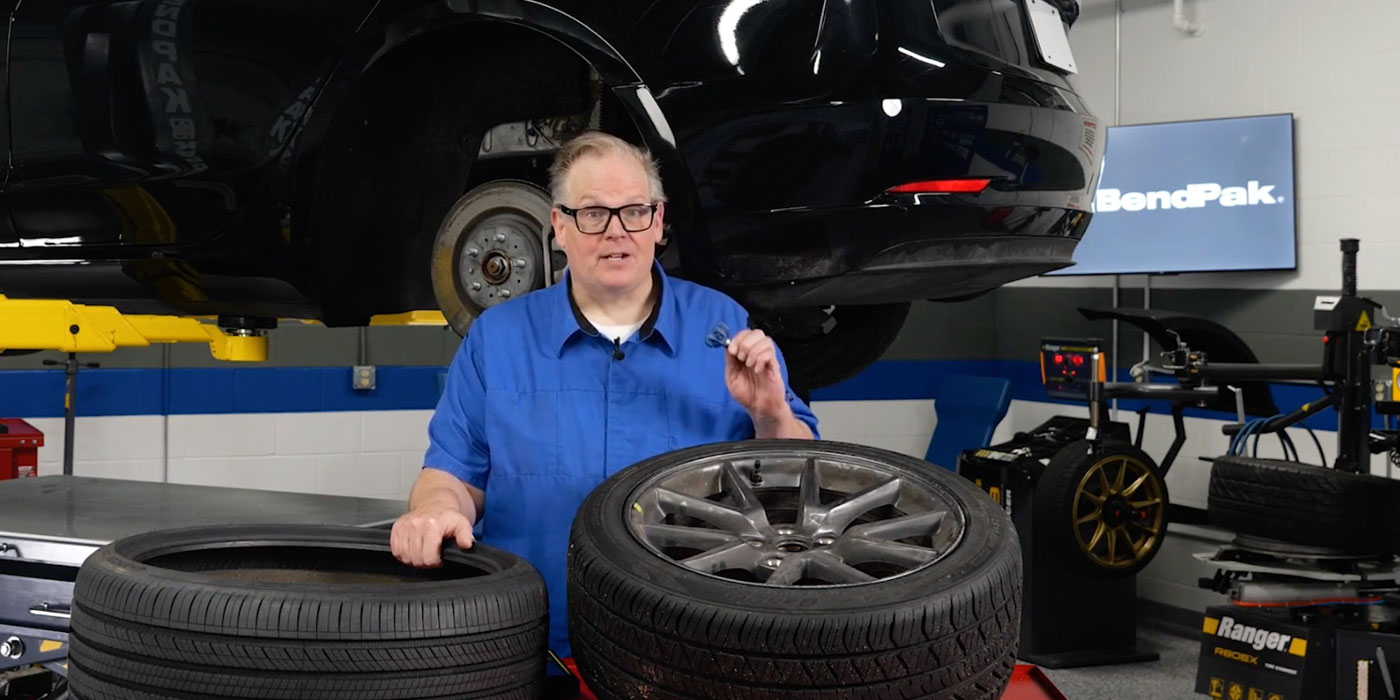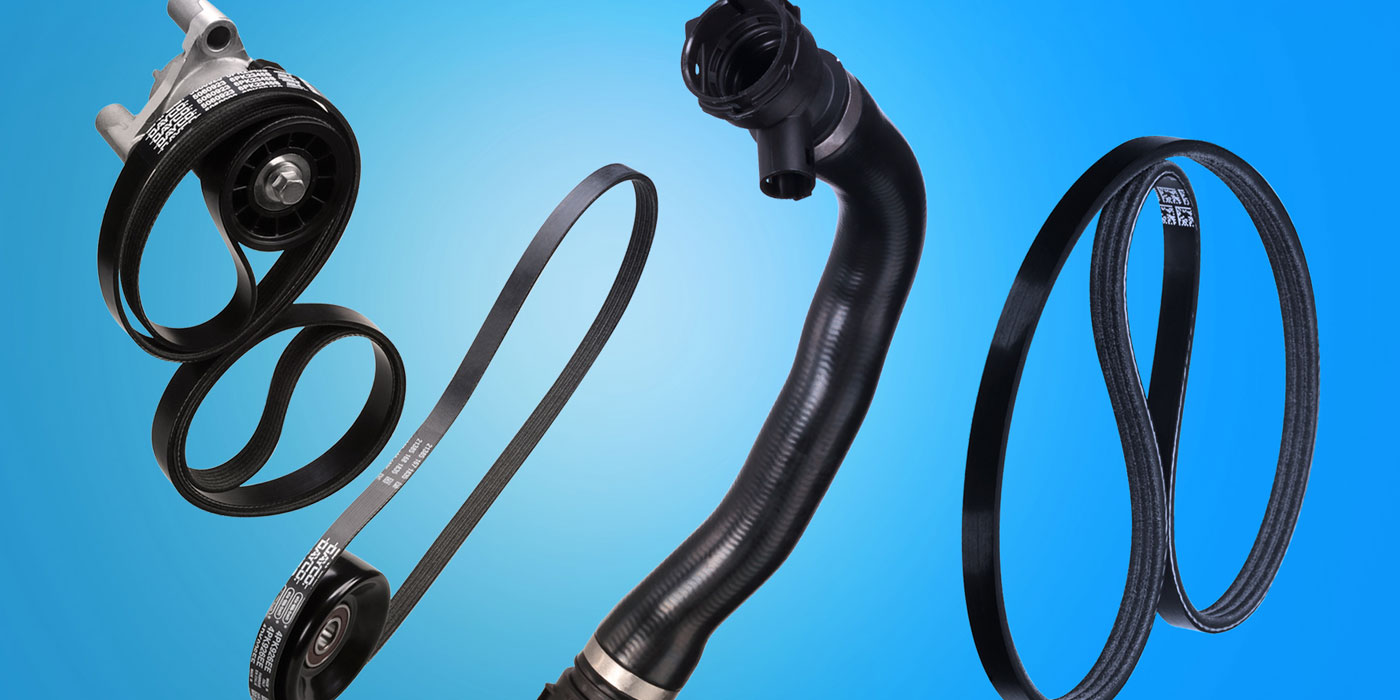Radiator hoses as well as heater and bypass hoses are a part of a very complex cooling system that is designed to regulate engine temperatures within a very precise range.
Internal combustion engines create heat in the process of generating power. The heat must be precisely controlled or the engine will fail. The radiator hose is a flexible connection between the engine and radiator, allowing coolant to circulate between the engine and radiator maintaining a prescribed engine temperature for maximum engine performance.
All hoses that are made of synthetic rubber are important to coolant flow. The hoses are a component of a sealed and pressurized cooling system, but the hoses can be considered the weakest link. If not properly maintained, hoses can rupture, causing loss of coolant and a possible engine overheat condition. Hose failure can lead to a roadside breakdown or engine damage.
It’s recommended that radiator or other coolant hoses be periodically inspected and replaced as necessary. A visual inspection may reveal the condition of the hose and an indication of replacement. Coolant hoses will harden with age and heat. A simple test of squeezing the hose might reveal a hose problem and indicate the need for replacement.
This video is sponsored by Continental.













